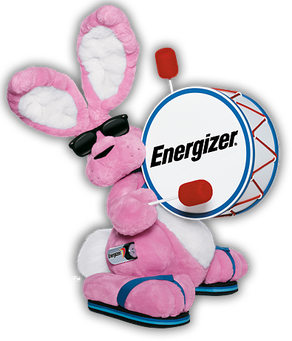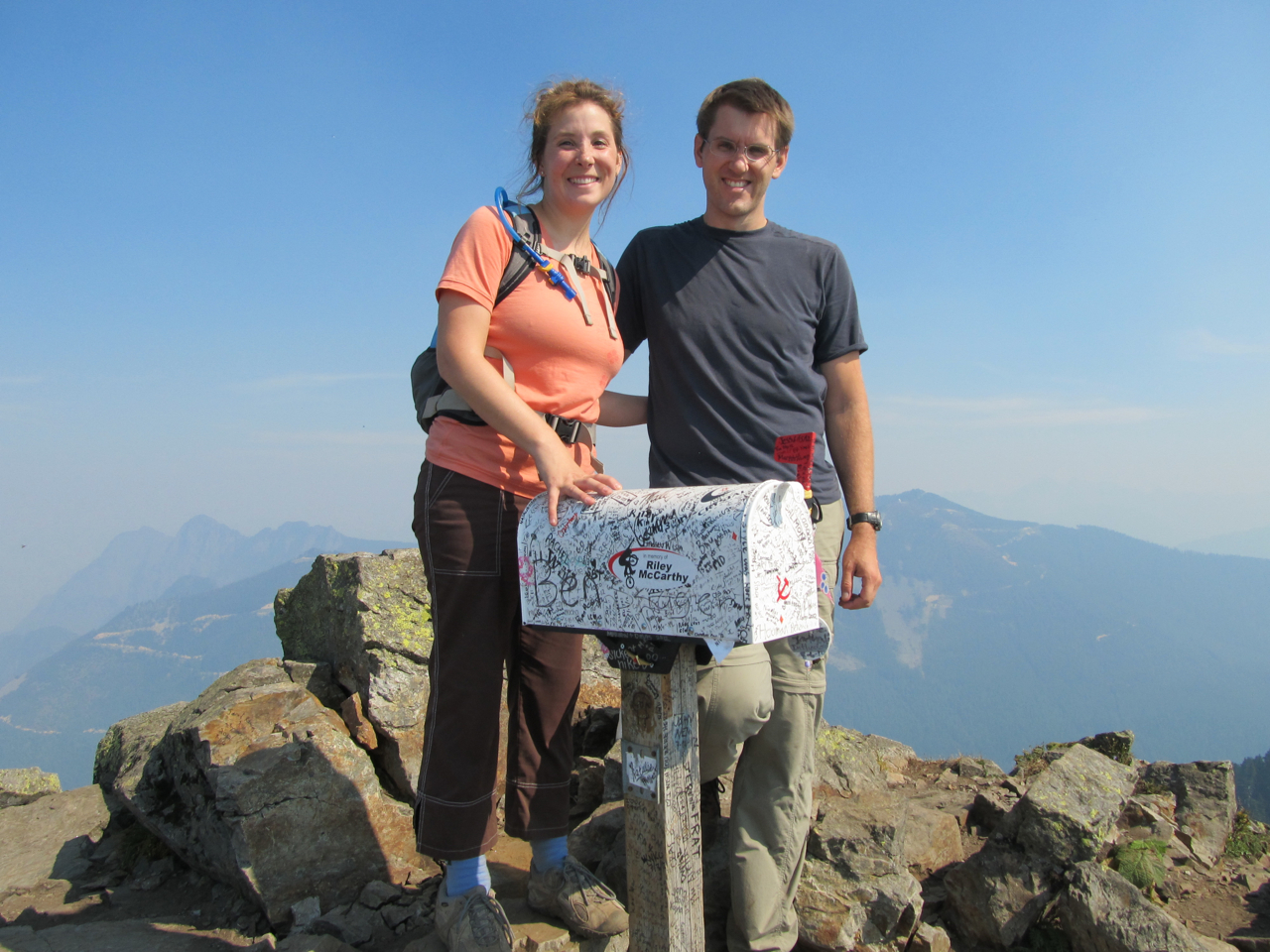 |
| I opted for Wilder/Pryor over Stevens |
Apart from the obvious obsessive-compulsive reasons and bragging rights, having a long streak under your belt allows you to find certain Challenge caches that require to you have a long streak (for example, 100 days, 200 days, 365 days), or that indirectly become easier with a long streak -- there are many challenge caches where you must find a cache on every day of the year. Obviously if you have a yearlong streak, you qualify (assuming they don't require February 29).
 |
| Haven't found a cache here yet |
Starting up
Starting a streak is easy, and if you use geocaching.com, it keeps track of your streaks for you. You may want to set a goal at first, say 100 days or 365, but try not to take it seriously. My goal was nebulous at first, then 365, and I finally settled on 500 because I decided I'd likely get sick of it by then --- it's easy to keep it going in the summer when the weather is good, but you might find your interest flagging in the winter when the weather stinks and you're more likely to be sick. I got lucky my first winter, as it was a remarkably mild one with no city-crippling ice storms or the like. Note that even if you are prepared to go caching in the snow, the cache might not be ready for you: it's a lot harder brushing away the ivy when it's frozen solid.
500 also seemed like a good idea because Challenge caches that require more than 500 are few and far between. I assume there are some that require a 1000 day streak, but I'll leave that until after I'm retired or something.
One other thing to consider when you're starting is whether you have any obviously problematic vacations coming up. There may be lots of caches near where you live, but if you're backpacking the Alaskan outback in a few weeks, you're probably going to run into trouble. Apart from the grizzly bears and mosquitoes, I mean.
 |
| Come to think of it, you will need batteries |
Keeping it going
Groundspeak covered a lot of ground on maintaining a streak in a recent blog post (I was going to write this one before I saw it, I swear), but I'll add my two cents.
Go to your personal page on geocaching.com, and click on '(filter out finds)' [under 'near your home location' in the right column. If you plan on a streak of N days, find the Nth closest unfound cache from your home. All the caches, from the closest one to this one, are your obvious targets over the next N days. How far away is the Nth one? 3 miles? 5? 10? Can you clear out all of them? Probably not. Better look a few more miles out to be sure.
Of course, you are not committing yourself to finding these particular caches, but assuming you have a regular job, most days you will be finding caches near your house, near your place of work, or on the route between them. Chances are you don't have N caches in these 3 places, unless you're willing to go far away or you have an especially long commute (in which case you probably don't have a lot of time to be messing around with geocaching streaks). In order to make your streak more fun, you want to look for opportunities to find caches that are not in these 3 places.
On the weekend, this usually is not a problem. It's the 5 workdays where you need to work on a strategy. Do you have a weekly night 'out'? Do you have a place more than a few miles away you go to once or twice a week (yoga, the grocery store, etc.)? Those are your best opportunities to find caches not in the usual spots. During the winter, I divvied up the week as follows: Tuesday I took the kids to swimming, so I found a cache near the pool. Thursday was my night out alone, so I rode my bike to a different neighborhood to eat dinner and found a cache nearby. One day a week (usually the one forecast to have the most rain) I'd drive to work (the other days I biked or took the bus), stopping a few neighborhoods away to grab a cache. On average one night a week I'd run an errand, or take the family out to eat, or go out with my wife. That left only 1 day a week where I had to get a cache on the way to work, usually on my bike. I'm maintaining this schedule (roughly speaking) in the summer, but I find myself diverting a few miles off my regular commute to get the commute cache as the number of unfound caches near home and work dwindles.
It's very helpful to keep a few easy caches near your home for 'emergency use'. I used one of these recently on a day when I returned from a trip to Europe. I was jet lagged, so having an easy one a mile or so from my house was a good thing. But my most dire emergency was actually last fall, when we had car trouble in the wilderness west of Yakima. What was supposed to be a relaxing day in the mountains turned into an hours long wait for a tow, then cadging a ride back to Seattle from some people we just met. Needless to say, there was no time to find a cache until we were safely back at Seattle late in the day, and I had no car. Luckily, I had left a fairly easy one a mile or so away that I could find in the dark on my bike.
To increase your pool of caches to find, you should definitely sign up for a geocaching.com premium membership (which opens up a number of premium member caches you didn't know were there before). And you should solve all the nearby puzzle caches that you can (and try to qualify for nearby challenges). Every nearby puzzle you get the coordinates for and every challenge you qualify for is one more nearby cache you can find (plus puzzle finds are often easy, as most of the difficulty is usually in the puzzle, not the hide).
There's no rush to solve the puzzles immediately; you just want to solve them sometime before your streak ends. Similarly, you can treat multicaches leisurely. Find a waypoint or two when you have time on the weekends, then come back for the final during the week when you're usually more pressed for time.
Streaking on vacation
Vacations should be relaxing, and most of the time it's not hard to keep a streak going on vacation. But sometimes you need some extra planning. Here are a few situations that can be problematic.
- National Parks and wilderness areas - Physical caches are not allowed in National Parks or National Wilderness in the USA, and caches are pretty few and far between in most wild areas (although popular non-Wilderness trails usually have at least one cache at the most scenic part of the hike: the lake, waterfall, or mountaintop you're hiking to). National Parks can have virtual or earth caches, so if you're driving around somewhere like Mt. Rainier, you can usually keep that streak going. But if you're backpacking for days on end, that may be a different story. Probably best to either give up your streak or the trip itself (I vote for the streak, but that's just me).
- Some foreign countries - Some people have better things to do than hide and seek plastic containers, so don't expect to find a lot of caches in Mali, say. My trip to Europe presented some problems, as the countries I was visiting, Italy and Greece, weren't geocaching hotbeds. There were plenty of caches to find in the large cities, but smaller cities would usually have at most 2 or 3 caches.
- Guided tours - When you're on your own on vacation, geocaching can be very enjoyable, as caches are often hidden in interesting places you might not have found on your own (see the Tower of the Winds, above). But if you're on a tight schedule you didn't create, caching can be difficult. Maybe your tour takes you within a few hundred feet of an easy cache, but you don't want to slip away and potentially miss your bus. If you're trying to combine geocaching and travel, I'd skip guided tours.
The latter two combined proved particularly problematic on my European trip. The first few days were in Florence and Rome, where it was easy to maintain my streak. But then came a few days where we traveled first to Sorrento (near Capri), then to take an overnight ferry to Greece, then Delphi. Sorrento had a few caches, as did Capri, and the day we were travelling to the ferry we were scheduled to tour Pompeii, which contains an easy virtual cache. The main problem was the trip from the ferry to Delphi, a day when there was realistically only one cache to find, the only cache in Delphi.
To prepare, I printed out a number of cache listings and spoiler photos. This was a good thing, because my GPSr decided early in the trip to forget all the caches I had preloaded, while the Italian SIM card in my smartphone ran out of minutes just before we landed in Greece. But things got more difficult than this. I was on a trip with a number of middle school students, and many of them got sick on the way to Rome, so we skipped the boat trip to Capri. Luckily I had time to walk a few miles to get one of the Sorrento caches. Then at dinner, we learned there was a possibility we might have to skip Pompeii due to a strike. I woke up early (5 am) to walk up into the hills and get the other Sorrento cache, which turned out to be necessary as we did indeed have to skip Pompeii. The next day, soon after we got to Delphi in the late afternoon, I took a jog out of town a half mile, consulted my spoiler photos, and found the only cache in Delphi. It all worked out, but only due to some preplanning.
 |
| Go out on a high note |
The End
Of course, I haven't hit the end of my streak yet, but the Groundspeak blog post has a great suggestion: make your last cache a memorable one. I'll have to give some thought to this one, though, as I doubt I'll be climbing Mailbox Peak in January.






